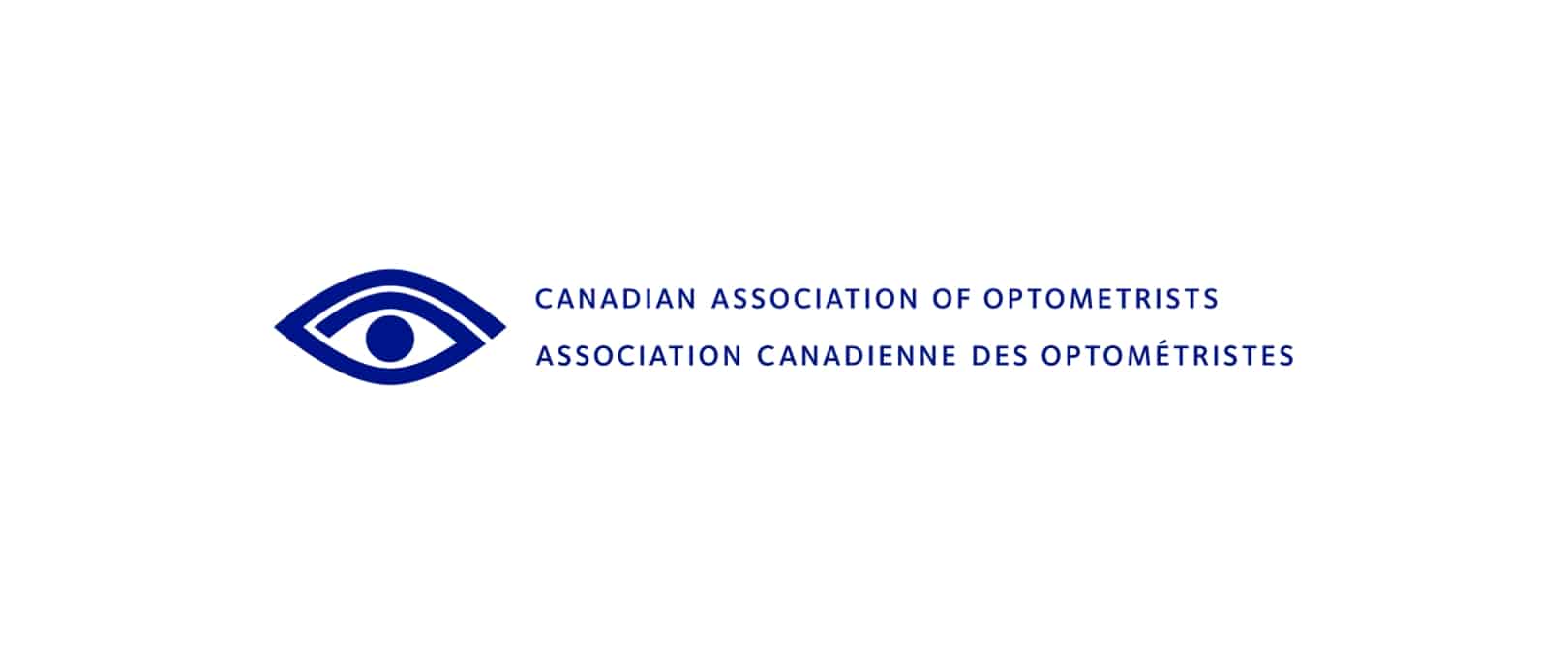The CAO Raises Awareness About the Myopia Epidemic Among Children and the Importance of Limiting Screen Time
Friday, October 4 2024 | 10 h 03 min | News
As October marks Children Vision Month, the Canadian Association of Optometrists (CAO) releases a new national campaign to raise awareness about myopia, and to enlighten parents and caregivers about the crucial significance of annual eye exams for children. Several provincial associations of optometrists (New Brunswick Association of Optometrists, Newfoundland & Labrador Association of Optometrists, Nova Scotia Association of Optometrists, and The Prince Edward Island Association of Optometrists) and sponsors from the industry – Alcon, CooperVision, and Sun Pharma Canada – joined and supported the campaign.
Myopia is one of the leading causes of vision loss in the world1
As a visual condition currently affecting 30% of the population, myopia has evolved into a global public health crisis demanding our immediate attention.
By 2050, the prevalence of myopia is estimated to increase to 50% of the world’s population. Along with the rising prevalence, myopia is occurring at earlier ages starting in childhood (6-7 years of age), progressing at a more rapid rate than the previous generations.
People with myopia will have trouble seeing distant objects, such as the road sign, whiteboard, movie screen and TV. Myopia has both a genetic and environmental component. However, increased near work and screen time are also correlated with higher rate of myopia in children. High myopia is associated with increased risk of sight threatening conditions like retinal detachments, cataracts, glaucoma and myopic maculopathy.
Protecting children’s sight
As the child grows, so do their eyes! Healthy vision is an important part of a child’s overall well-being, allowing them to succeed in their everyday activities in school and on the playing field. It has a fundamental impact on their learning and development.
However, children with vision problems are generally unaware of their condition, because they assume everyone sees the way they do.
1 Bourne RR, Stevens GA, White RA, Smith JL, Flaxman SR, Price H, et al. Causes of vision loss worldwide, 1990-2010: a systematic
analysis. Lancet Glob Health. 2013;1(6):e339-49.
Parents may also not realize their child has a vision problem, especially if the child seems to be functioning well in other areas.
“It is important to remember that once myopia has progressed, the person’s vision won’t come back. You can slow — even potentially stop — progression, but not reverse or resolve it afterwards. This is why we need to focus on prevention and early detection.”
Dr. Spiro, President, Canadian Association of Optometrists
Making eye care routine
“It is crucial that children get a comprehensive eye exam annually. It is never too soon to see an optometrist”, continues Spiro.
The CAO recommends that parents schedule comprehensive eye exams for their children starting at six to nine months, then again between the ages of two and five years, and annually thereafter to age 19. After 19, eye development stabilizes, allowing check-ups every two years for healthy adults with no known eye conditions.
Annual eye exams are crucial, even if no symptoms are evident, to catch potential issues early and ensure timely intervention. The optometrist will perform tests to determine if there is a prescription for myopia, and the best treatment options to slow down the progress of myopia.
Beyond the exam room, parents and caregivers can maintain good habits to minimize the impact of myopia and protect their children’s sight. Studies have shown that an hour of outdoor time each day for children may help to delay the onset of myopia2,3. Remember to wear sunglasses and sunscreen while outdoors.
CAO also recommends limiting screen time. As they enter school, it may be challenging to limit screen time as their visual demand is increased with virtual schooling and electronic entertainment. Therefore, getting into a good habit of taking regular breaks from screens every 30-60 minutes helps relax their eyes. For all children, screen time is not recommended at least 1 hour before bedtime, to help with better sleep.
“Annual comprehensive eye exams are vital for helping children see brilliantly,” said Vanessa Johari Hansen, Country Business Unit Head, Vision Care, at Alcon Canada. “According to CAO and recent studies, the increased use of digital devices in schools and for entertainment is elevating concerns of digital eye strain and dry eyes4,5. At Alcon, we are committed to addressing these issues and promoting life-long eye health.”
2 Guo Y et al. Outdoor jogging and myopia progression in school children from rural Beijing: the Beijing children eye study. Transl Vis Sci Technol. 2019;8(2):2-2
3 Xiong S et al. Time spent in outdoor activities in relation to myopia prevention and control: a meta-analysis and systematic review. Acta Ophthalmol. 2017;95(6):551-566.
4 Sheppard AM et al. Digital eye strain: prevalence, measurement and amelioration. BMJ Open Ophthalmol. 2018 3(1):e000146.
5 Mohan A et al. Prevalence and risk factor assessment of digital eye strain among children using online e-learning during the COVID-19 pandemic: Digital eye strain among kids (DESK study-1). Indian J Ophthalmol. 2021;69(1):140-144.
Get ready to see farther
Healthy vision is an important part of a child’s overall well-being, allowing them to succeed in their everyday activities in school and on the playing field. The national campaign prompts parents and caregivers to take proactive steps about children’s eye health and provides resources to find their local optometrist.
The campaign assets will run throughout October on Facebook, Instagram, YouTube, TikTok, and Spotify in both official languages to raise awareness about childhood myopia.
“In the short term, myopia takes away from children their ability to fully participate in everyday life. Correcting it is only part of the battle since the condition can worsen as a child continues to grow. As a global leader in myopia control and management for children, we are committed to providing solutions specifically developed to control that progression, which can significantly reduce the risk of myopia-related complications and vision loss later in life.”
Enrique Contreras, Country Manager, CooperVision Canada
To find more about the CAO campaign, please visit: https://opto.ca/get-ready-to-see-farther
Sources:
https://opto.ca/eye-health-library/challenges-children-vision-problems https://opto.ca/eye-health-library/myopia-nearsightedness
https://opto.ca/eye-health-library/playing-outdoors-can-help-maintain-childrens-eyesight
Click HERE for the press release.
Want to see more like this article? Click here to subscribe to our FREE print magazines and e-newsletters!








